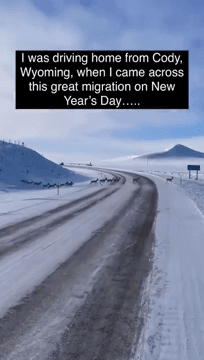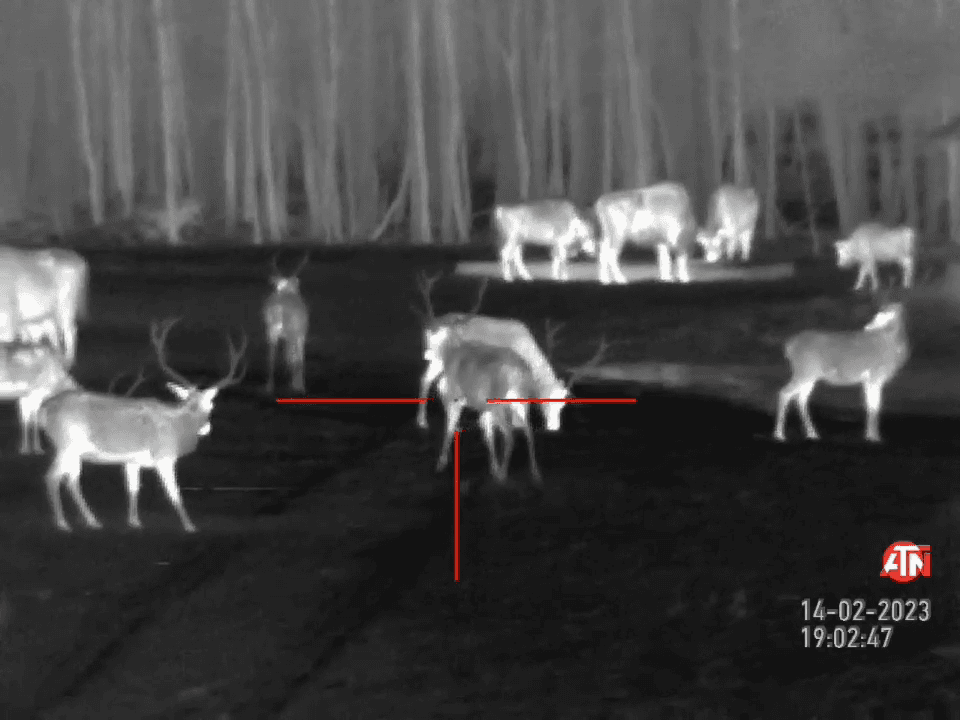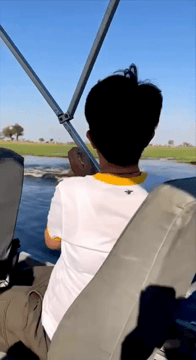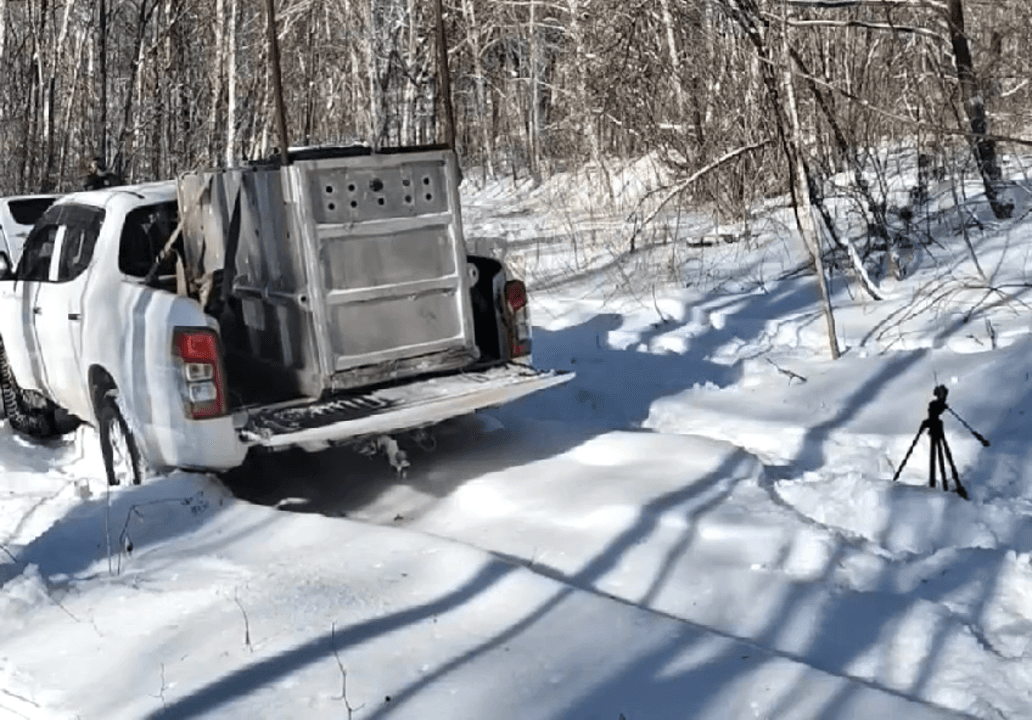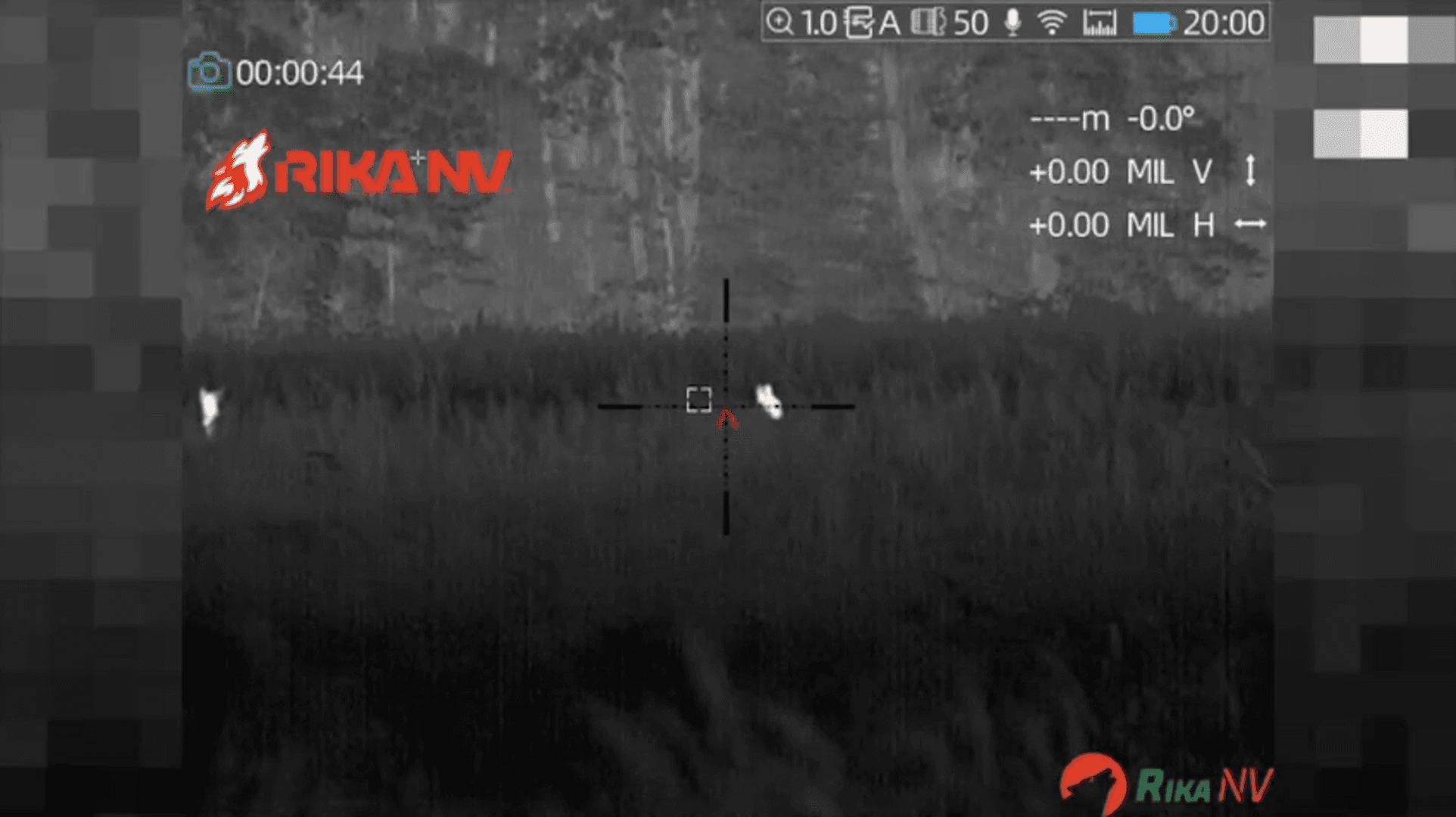11,000 acre ranch Deer Lease opportunity in Terrell County (10 miles North of Sanderson TX off HWY 285) for a group of 4 hunters @ $2800 a gun. Annual Lease (year round access). There will be a total of 12 guns on the entire ranch. Leasee(s) will be responsible for their own lodging (RV/ portable building) and hunting equipment ( feeders, blinds, etc). Protein is required during the growing season. MARCH 1st – SEPTEMBER 1st Large shared campsite with RV water and septic hook-ups, electricity is also available. Internet access is available at the campsite. The cost is an additional 1 time annual fee of $120 per member. Available Game includes: -Whitetail Deers ( 2 mature bucks at 5+ years old, w cull bucks and up to 2 doe (at discretion of lease manager). -Feral Pigs -Javelina (2 per member) -Blue Quail -Doves -Predators/Varmints Looking for LONG TERM, MANAGEMENT MINDED HUNTERS to join our existing group. We are NOT a “FREEZER FILLER” RANCH. Our lease is family friendly. Guests are welc
Post: 10 February 22:40
